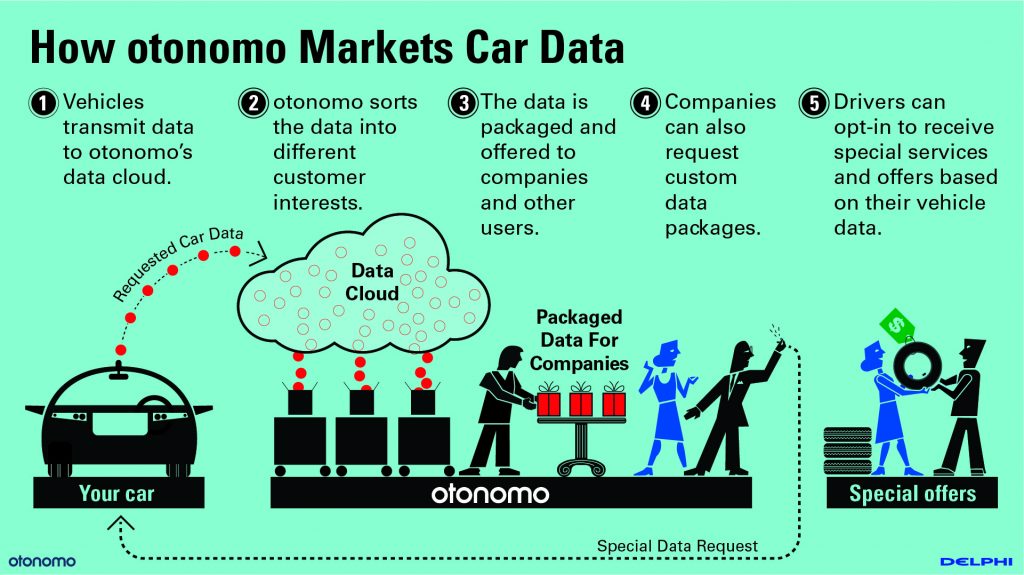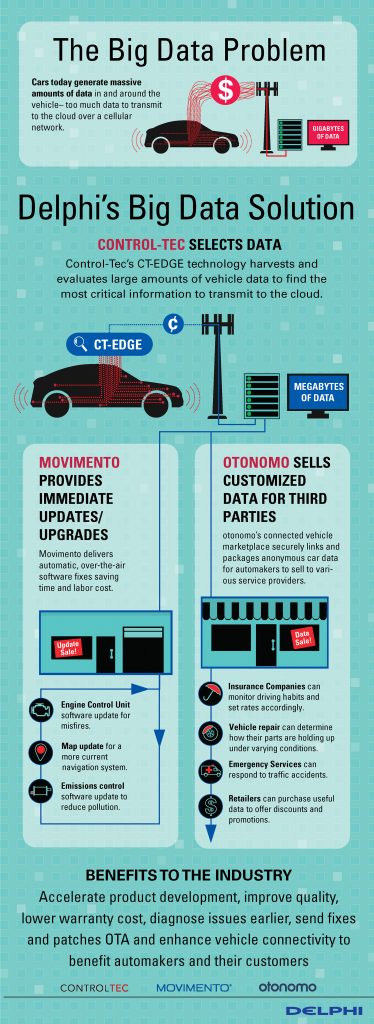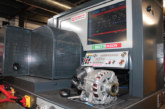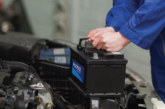
Delphi says it has developed a Big Data solution that will help the automotive industry to unlock the profit potential that connected cars could bring.
The amount of data generated by connected vehicles is on course to break Moore’s Law – rapidly increasing as the automotive industry moves toward the production of automated mobility – with experts projecting this data may create a $750 billion industry.
Delphi says it has assembled a team that understands this wealth of data and knows how to find it, transmit it and broker it. The company also claims it has the ability to leverage its potential value – to manufacturers, suppliers, service providers, retailers and ultimately, consumers.
“One car company couldn’t afford the phone bill to pull all of the data a conventional car creates and that assumes the phone company had the available bandwidth,” said Glen De Vos, Delphi’s Chief Technology Officer. “They don’t. It would be several gigs an hour – for just one car. It’s just not practical or affordable – and it’s not smart.”
The collection, interpretation, prioritisation and packaging of this vehicle data helps to reduce recalls, improve the quality of launches, enable mobility-on-demand services, allow for software updates and fixes on the fly and has the potential to foster the growth of a nascent connected vehicle services industry.
Value
To address the value of data analytics, Delphi has created a connected car ecosystem, unlocking significant value for OEMs through two strategic acquisitions of two start-ups, Control-Tec and Movimento as well as a strategic investment in otonomo.
Control-Tec leverages real-time data and the cloud to identify and solve issues. CT-Edge computing allows the data to be analysed locally, onboard the vehicle, rather than in the cloud. It reduces the data volume, the distance the data must travel, reduces transmission costs, shrinks latency (delays), improves quality and improves cyber security by discovering viruses, compromised data and active hackers early in the process.
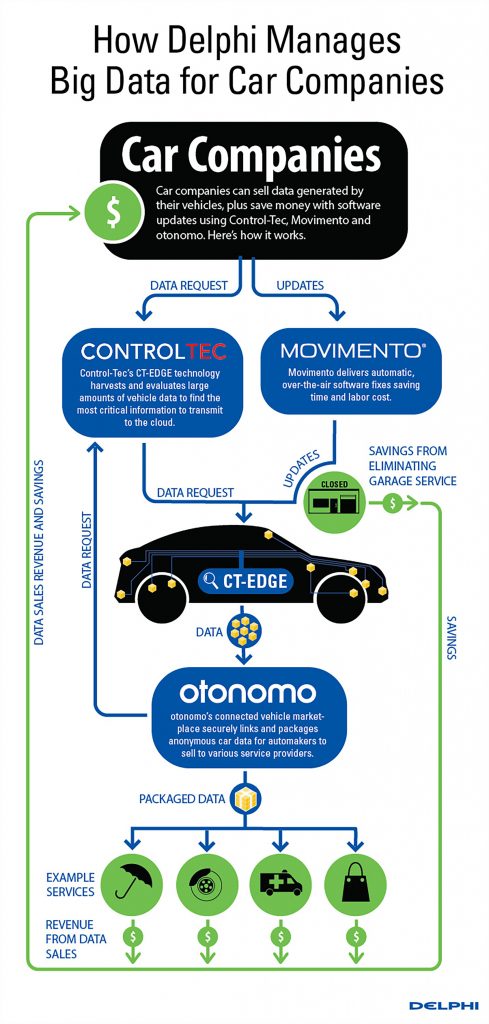
Delphi is developing software, data loggers and a special chip that intelligently sifts through data and picks a sample size big enough to act on but small enough to manage.
Control-Tec was formed in 2009 (acquired by Delphi in 2015) and its services have been used on more than 50,000 vehicles, accumulating 400 million miles in six continents.
Movimento enables over-the-air (OTA) software updates and enhancements. By leveraging the issues discovered in the Control-Tec data analysis, the OTA updates help reduce warranty costs for car companies by enabling ‘flash’ fixes. These updates are available to new and older vehicles, both pre-production and production.
Delphi acquired Movimento earlier this year and is due to launch the capability for its first commercial customer.
The volume of data produced by today’s vehicles is enormous and cumbersome. otonomo makes this data anonymous, prioritising and packaging it for car companies to sell to commercial vendors – acting as a third party ‘data broker’.
otonomo’s connected car marketplace links vehicle data from any OEM to users of that data such as retailers, insurance, fleet transportation, vehicle repair and emergency services.
The marketplace provides OEMs with full control over monetising the valuable data from connected vehicles, while providing security and compliance for data owners.
“Everybody wants data and is willing to pay for it,” De Vos said. “Car companies talk about a mobility future, but without the ability to sift through all the data and monetise it you can’t get there. Our technology is the key to unlocking the value – not only for the future, but right now.”
What is Moore’s Law?
Moore’s law refers to an observation made by Intel co- founder Gordon Moore in 1965. He observed that the power of computers will increase exponentially, as the numbers of transistors that can fit onto a silicon chip doubles every year or two. Moore’s law states that number of transistors in an integrated circuit has approximately doubled every two years and predicts that this trend will continue into the foreseeable future.
